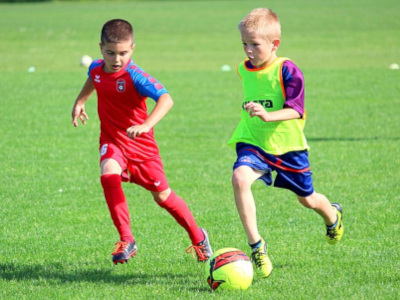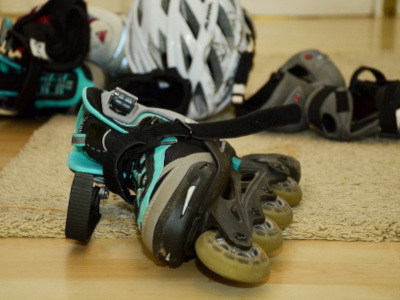Sports and physical activities may provide various benefits for children and adolescents and play an important role in a young person’s life. Physical exercise is good for the mind, body, and spirit. Additionally, team sports help teach children and adolescents accountability, dedication, leadership, and other skills.
Some people think that playing a sport distracts students from their schoolwork, as a lot of time and energy are needed to play a sport. However, this could not be further from the truth. Sports require skills such as memorization, repetition, and learning, which are skills that can be directly transferred to school work. In addition, the determination and goal-setting skills that sports require are also relevant to the classroom.

Playing a sport also has physical health benefits. It can help you reach certain fitness goals and maintain a healthy weight. In addition, sports also encourage healthy decision-making, including refraining from smoking and drinking. There are hidden health benefits as well, such as lowering the chance of osteoporosis or breast cancer later in life.
Furthermore, having a common goal with a group of players and coaches teaches children how to build teamwork. It also teaches children how to communicate effectively and, as a result, solve problems. So, playing a sport is helpful when children are confronted with problems at school or at home. Watching your hard work pay off and achieving your goals develops self-confidence. As a result of achieving a sport or fitness goal, you are encouraged to achieve other goals you set.

Exercise is also a natural way to reduce pressure and stress, as well as a way to improve social skills. When playing a sport, you can build a support system with the new friends you make. So, when you feel pressured or stressed, you can call up a teammate to talk out or head to the gym to play it out.
Moreover, parents can encourage their children to play sports by leading by example, playing together with their children, attending each match, and cheering them on from the sidelines. Additionally, by choosing to walk or cycle instead of driving, children are also encouraged to stay active.
When playing a sport, safety must be a priority, as many injuries can be avoided. To sustain a safe experience, follow the suggestions written below:
Always wear protective gear.
During contact sports, mouthguards should be worn to protect your teeth. For a perfect and professional fit, it is best to see your dentist.
For all sports that include a risk of falling, knee, elbow, and wristbands should be worn. These sports include inline skating or skateboarding.
For sports such as hockey, softball, and cricket, it is advised to wear shin pads. This is because injuries to the front of the lower leg are somewhat common with these types of sports.
Wear a helmet to reduce the risk of eye and face injuries.
Make sure to completely warm up before playing a sport and to cool down after you have finished exercising.
Make sure to use good form and technique.
Allow enough recovery time between sessions.

Sources:
https://www.muhealth.org/conditions-treatments/pediatrics/adolescent-medicine/benefits-of-sports
https://www.betterhealth.vic.gov.au/health/healthyliving/sport-and-children
